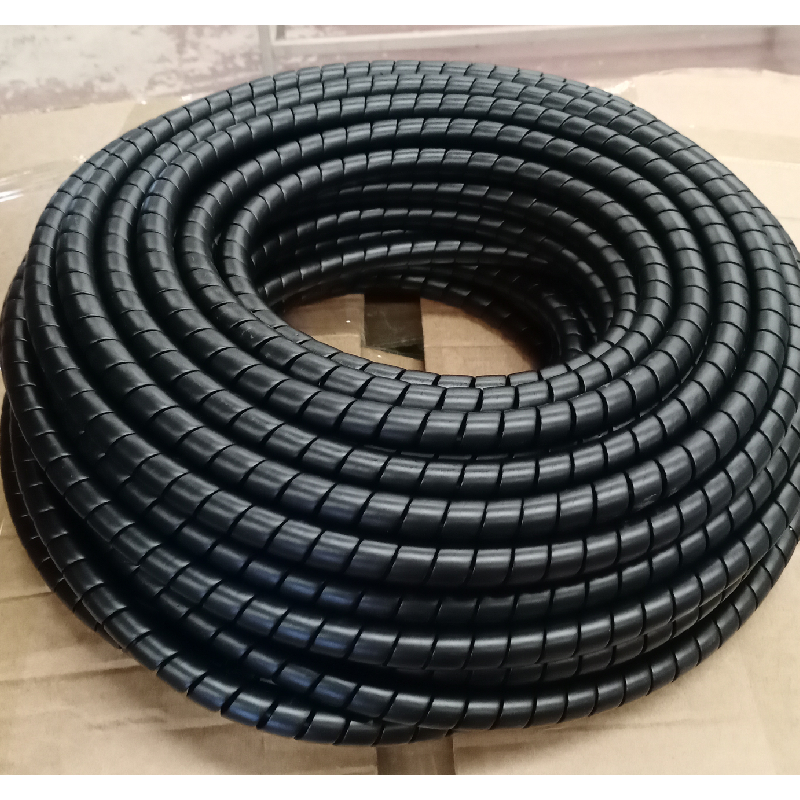Effective Techniques for Securing and Tightening Power Steering Hoses for Optimal Performance
How to Tighten Power Steering Hose A Step-by-Step Guide
Power steering is an essential component of modern vehicles, making it easier to steer by amplifying the force you apply to the steering wheel. However, over time, the power steering hose can become loose, leading to leaks and decreased steering performance. Tightening the power steering hose is a relatively straightforward task that car owners can do themselves with the right tools and knowledge. In this article, we will guide you through the process of tightening your power steering hose to ensure optimal performance and prevent potential damage.
Tools and Materials Needed
Before you begin tightening the power steering hose, gather the necessary tools and materials 1. Socket Set or Wrench Depending on the type of fittings your power steering hose has. 2. Pliers For adjusting clamps if necessary. 3. Rags To clean any spilled fluid or debris. 4. Power Steering Fluid In case you need to top off the fluid level after the repair.
Step 1 Locate the Power Steering Hose
The first step in tightening your power steering hose is to locate it. The power steering hose is typically found near the engine, connecting the power steering pump to the steering rack. Depending on your vehicle, there may be two hoses one for high pressure and one for low pressure. Identify which one needs tightening.
Step 2 Check for Leaks
Before tightening, inspect the hose and its connections for leaks. Look for puddles of fluid under the car or wet spots on the hose. If you notice any leaks, it’s crucial to address them before they worsen. If the hose itself is damaged, it may need to be replaced rather than just tightened.
Step 3 Tightening the Hose
Once you've confirmed that the hose is not damaged and that it simply needs tightening, you can begin the process
how to tighten power steering hose

1. Use the Appropriate Tool Depending on the type of clamps used on your power steering hose, you may require either a socket or a wrench. If the hose is secured with a clamp, pliers may be necessary. 2. Loosen the Clamp If the clamp is particularly tight, start by loosening it slightly. This will make it easier to adjust the hose into a better position for tightening.
3. Tighten the Hose For threaded connections, carefully turn your socket or wrench clockwise to tighten the fitting until snug. Be cautious not to overtighten, as this could damage the hose or fitting.
4. Re-secure the Clamp If your power steering hose has a clamp, use pliers to ensure it’s snug against the hose. Again, be careful not to overtighten, which can cause the hose to pinch or degrade.
Step 4 Refill Power Steering Fluid
After tightening the hose, it’s a good idea to check the power steering fluid level. If you lost any fluid during the process, use a funnel to add power steering fluid until it reaches the recommended level on the dipstick or reservoir.
Step 5 Test the Steering
Finally, start your vehicle and test the steering. Turn the steering wheel from side to side while stationary and then take the car for a short drive. Listen for any unusual sounds, and check for any signs of leakage around the newly tightened hose. If everything seems to function well, you have successfully tightened your power steering hose.
Conclusion
Tightening a power steering hose is a manageable task that can help you maintain your vehicle's steering performance and safety. Regular inspections of your power steering system can prevent leaks and ensure longevity. Should you encounter any issues beyond tightening, such as persistent leaks or damaged hoses, it’s advisable to consult a professional mechanic for further assistance. Keeping your power steering system in optimal condition is crucial for a smooth driving experience.
-
Ultimate Spiral Protection for Hoses & CablesNewsJun.26,2025
-
The Ultimate Quick-Connect Solutions for Every NeedNewsJun.26,2025
-
SAE J1401 Brake Hose: Reliable Choice for Safe BrakingNewsJun.26,2025
-
Reliable J2064 A/C Hoses for Real-World Cooling NeedsNewsJun.26,2025
-
Heavy-Duty Sewer Jetting Hoses Built to LastNewsJun.26,2025
-
Fix Power Steering Tube Leaks Fast – Durable & Affordable SolutionNewsJun.26,2025

